Understanding Organic, Biodynamic, and Natural Wines
Modern agriculture has brought increased efficiency and economic gains, but it has also led to a decrease in soil quality due to the use of synthetic chemicals. While it has enabled the production of greater quantities of produce, it often comes at the cost of compromised quality. In recent decades, organic farming has made a comeback, and the wine industry is no exception.
With growing health concerns among consumers, the social consciousness of millennials and Gen Z, environmental preservation considerations, and an emphasis on terroir-driven wines in the industry, organic, biodynamic, and natural wines are gaining international popularity. But what are the differences between organic, biodynamic, and natural wines? Are they the same, or are they related to each other?
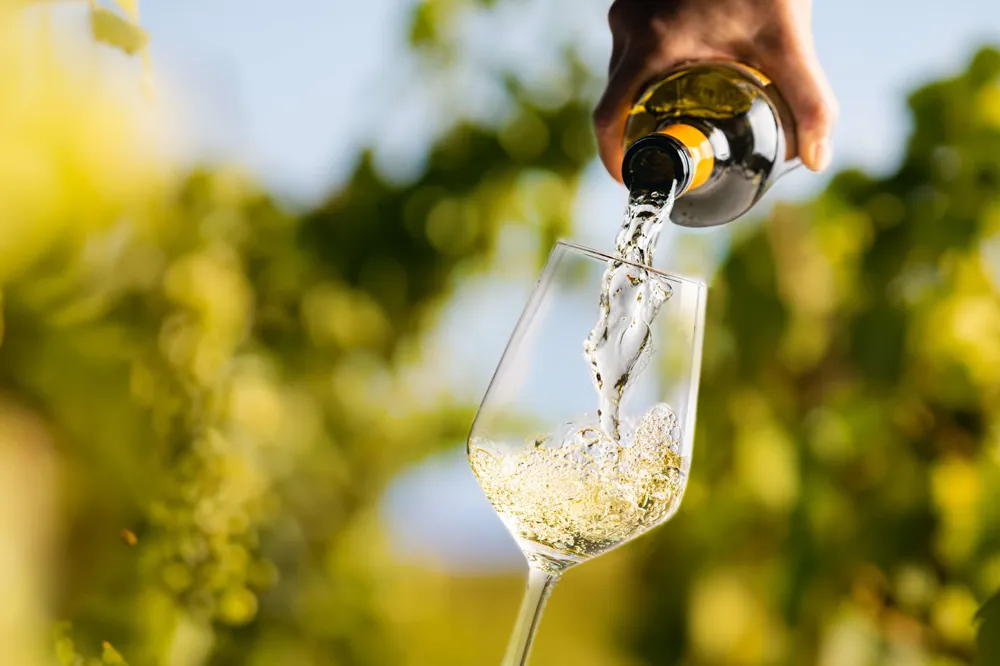
Organic Wine
To put it simply, organic wine comes from organic vineyards. Farmers grow grapes in an organic way, following the principles of organic farming. In the vineyard, this means eschewing synthetic pesticides, herbicides, and chemical fertilizers. Instead, winegrowers turn to natural alternatives.
For example, to enhance soil fertility, organic vineyards often employ cover crops and compost. To combat diseases, organic growers often uses treatments from natural sources, including soaps. It also emphasizes biodiversity, creating a harmonious environment for plants and animals.
The commitment to organic practices extends to wine production. Additives and processing aids are minimized, the use of synthetic additives is prohibited, and the use of sulfites is allowed to ensure wine stability but limited to a certain amount, depending on the wine type and certification bodies.
The philosophy behind organic grapes and wine is to respect nature, create a sustainable and healthy soil, producing wines free of synthetic chemicals.
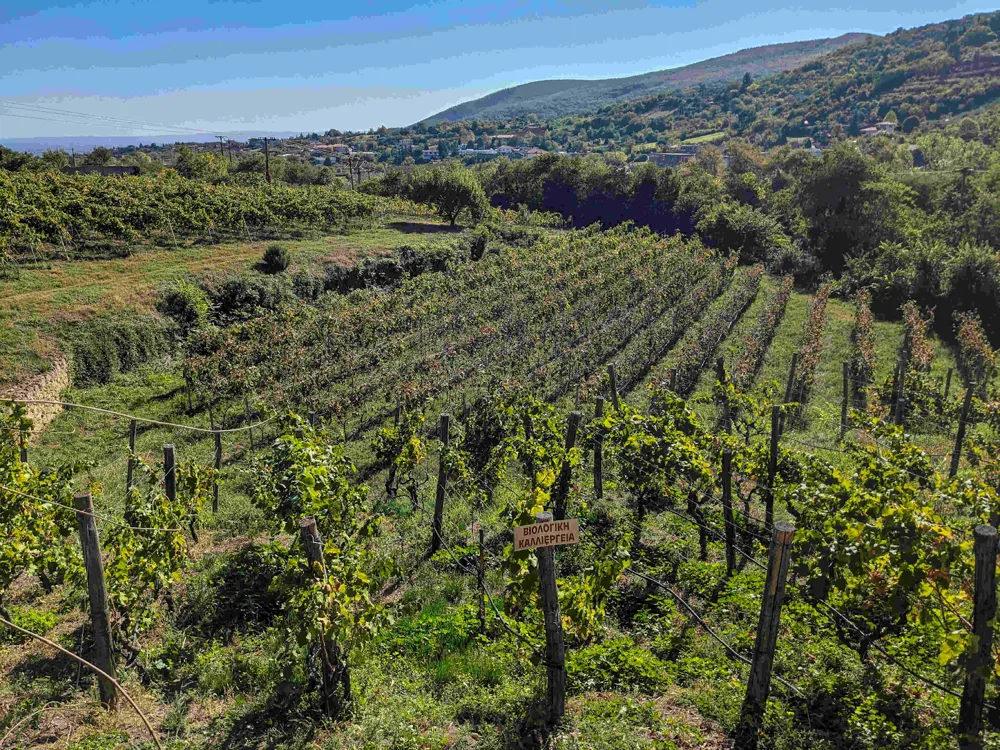
Biodynamic Wine
Developed by the Austrian philosopher Rudolf Steiner in the 1920s, biodynamics seeks to create a self-sustaining ecosystem in the vineyard. Similar to organic farming, biodynamic practices take it a step further, incorporating a holistic approach that aligns with cosmic rhythms and lunar cycles.
Biodynamics does not only eliminate synthetic additives but also follows a celestial calendar for planting, pruning, and harvesting. It is broken down into root days, flower days, leaf days or fruit days.
The use of biodynamic preparations, such as herbal teas, horns, and manure, aims to enhance soil fertility and increase the disease resistance of the grapevine. Biodynamic viticulture is embraced by various renowned wine producers across the world, including the prestigious Domaine de la Romanée Conti and Domaine Leroy in Burgundy.
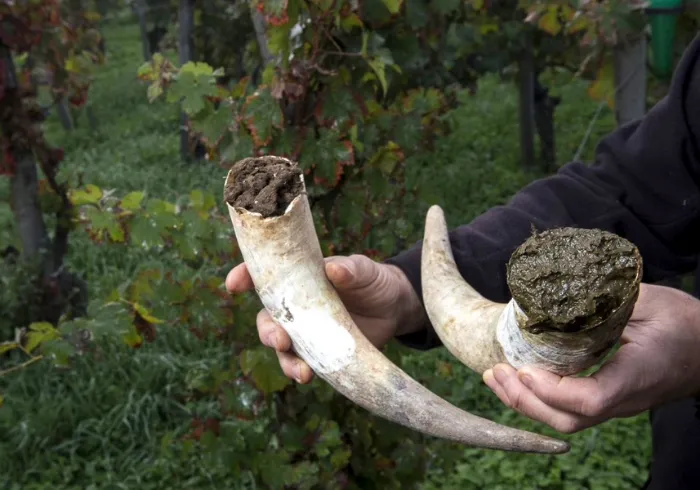
Natural Wine
Natural wine, however, has no official definition or principles. It emphasizes minimal intervention. Grapes often come from organic or biodynamic vineyards. Natural wine is different from organic or biodynamic wines because it emphasizes the winemaking process in the cellar.
Natural wines are made with native yeasts, no additives, limited sulphur dioxide, and no temperature control. They are often unfined and unfiltered.
Due to the minimal intervention practice and low sulfite use, natural winemaking is more susceptible to wine faults, such as volatile acidity, Brettanomyces, and mousiness. Making natural wine of outstanding quality is a challenging practice that requires skill and experience.
Differences and Similarities of Organic, Biodynamic and Natural Wine
To sum up: A wine can be organic or biodynamic, or both at the same time. Both can be natural or conventional wines, depending on the winemaking process. However, natural wine is normally either organic or biodynamic, despite the lack of an official definition. Some winemakers choose to practice the principles of organic or biodynamic farming without obtaining certification.
How to Recognize Them
To identify organic, biodynamic, or natural wines, check for certification or association logos on the label.
For organic wine, look for certification labels such as "USDA Organic" or "EU Organic" on the bottle. These indicate that the wine meets the organic standards of the respective regulatory bodies. Some winemakers may choose to use organic methods without certification. Look at the labels or websites to see if they mention organic practices.
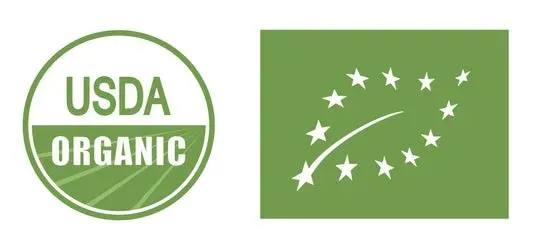
For certified biodynamic wine, Demeter is the leading biodynamic certification organization. Wines with the Demeter logo have met the stringent biodynamic standards set by the organization. Biodyvin is also a famous biodynamic certification body.
Some winemakers who employ biodynamic farming may mention adherence to biodynamic practices on the label, even if they are not officially certified, similar to organic farming.
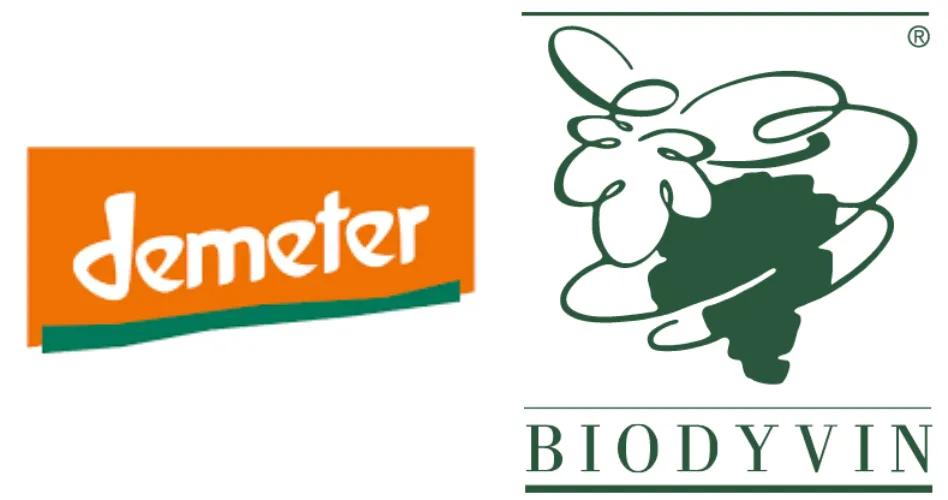
For natural wine, it's a bit tricky. While there isn't a universal certification for natural wines, some producers align with associations like “Vin Méthode Nature,” "VinNatur," which indicate that the wines produced conform to the charter of production. Look for labels that explicitly mention "natural wine," "low-intervention," or "minimal intervention."
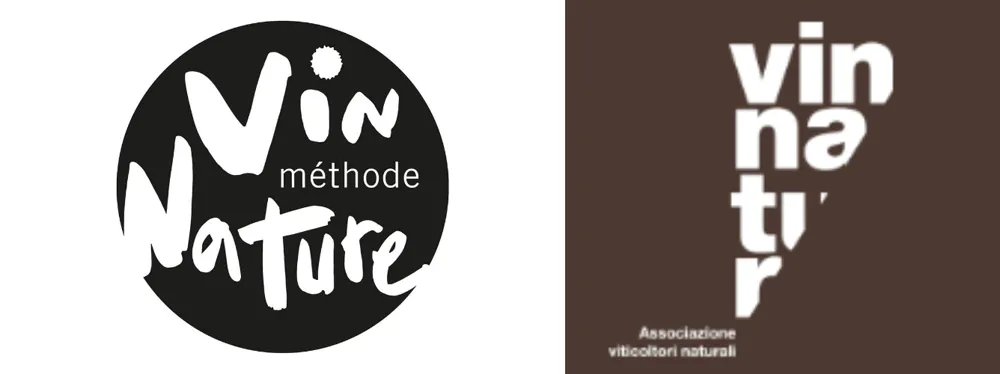
In the ever-evolving world of wine, organic, biodynamic, and natural wines offer a spectrum of choices for the curious palate. Despite the differences, organic, biodynamic, and natural wines share a philosophy — a philosophy that respects the land, honors tradition, and captures the terroir in every bottle.
Dear VinoVossers, after learning more about the practices of organic, biodynamic, and natural wines, a journey awaits you to discover sustainable, clean, and socially conscious wines at vinovoss.com today.
Sylvia Ba



